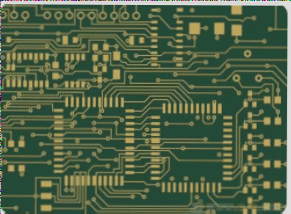Several Key Considerations for PCB Design Clearance
A revised version of the article clarifies and improves the flow of technical details regarding PCB design, emphasizing key steps such as schematic creation, netlist generation, and component placement while retaining the original content’s technical accuracy.
Several Key Considerations for PCB Design Clearance Read More »






